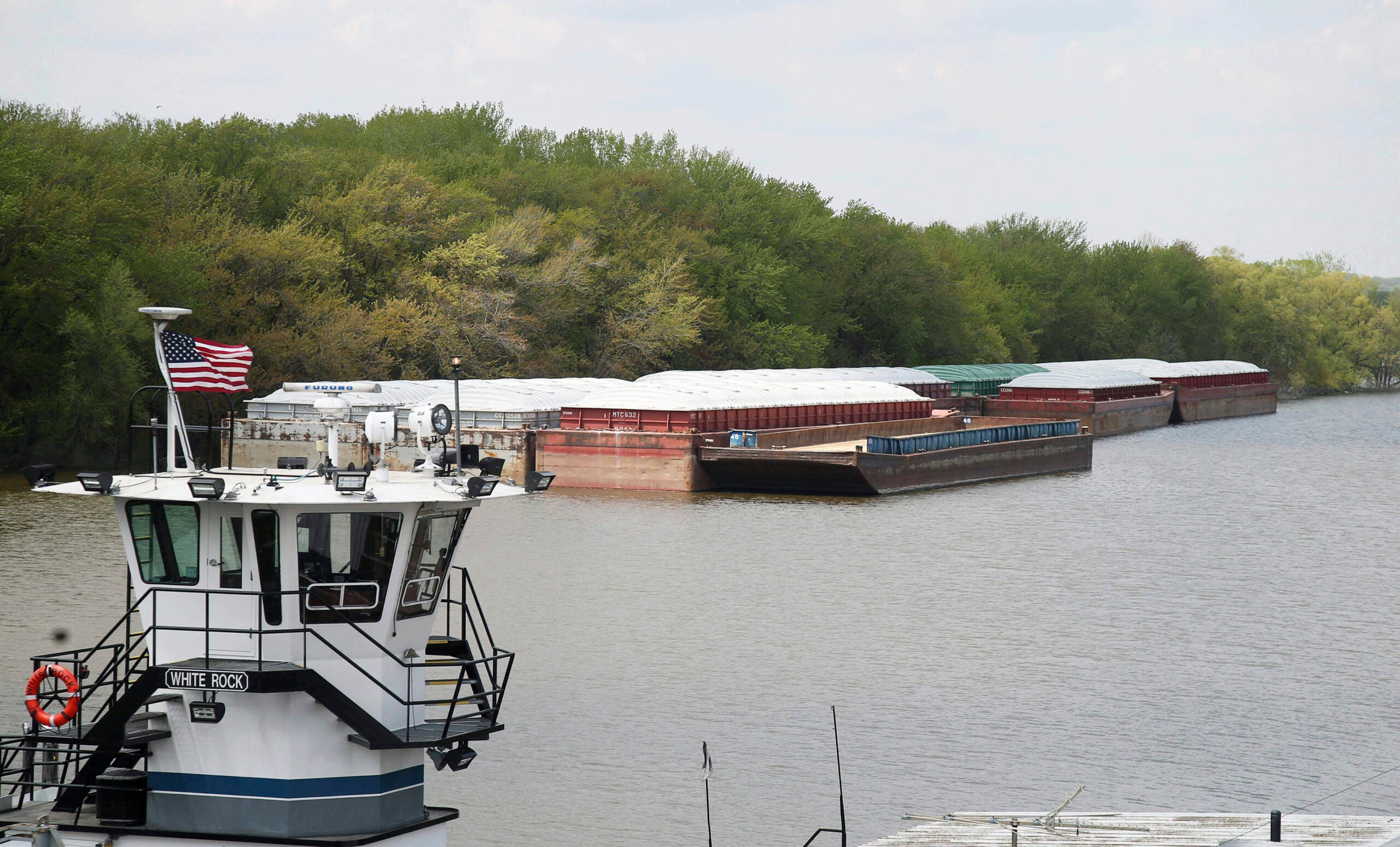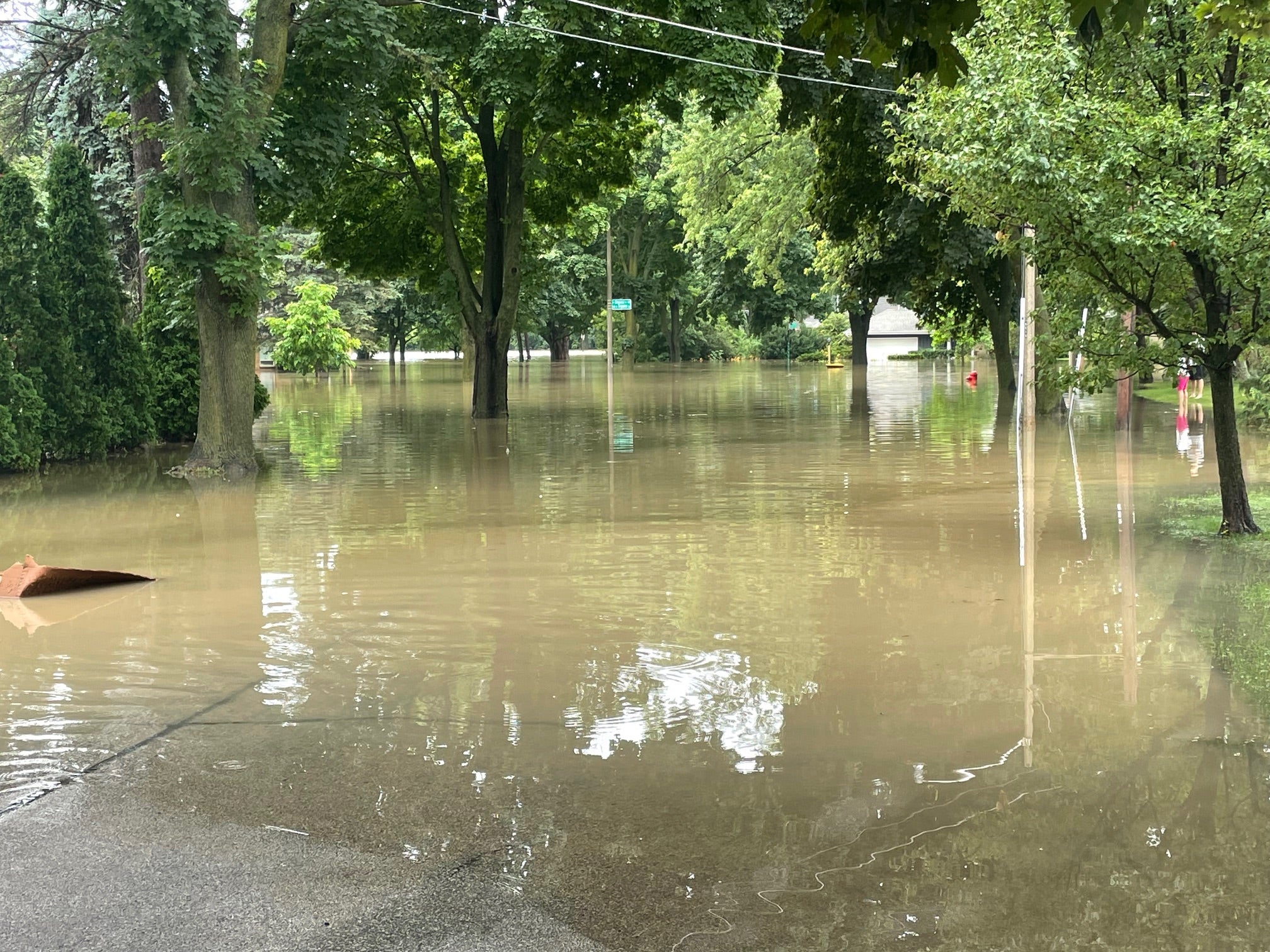An organization representing states along the upper Mississippi River hopes a new report will give residents and industries on the river a shared plan for addressing flooding, drought and increased sedimentation.
The Keys to the River report is the product of a 2018 partnership between the U.S. Army Corps of Engineers and the Upper Mississippi River Basin Association, which represents Wisconsin and four other states.
It lays out a plan for how state and federal agencies can respond to more frequent periods of flooding and drought on the Mississippi River caused by climate change, as well as ways to manage the increase in sediment flowing into the main channel from the river’s tributaries.
News with a little more humanity
WPR’s “Wisconsin Today” newsletter keeps you connected to the state you love without feeling overwhelmed. No paywall. No agenda. No corporate filter.
Jim Fischer, Mississippi River unit chief for the Wisconsin Department of Natural Resources, said the group took a non-traditional approach to the planning process by inviting a wide variety of stakeholders to tell them what they thought were the most pressing issues on the river.
“Rather than having agencies and organizations present solutions to the public, it was really seeking to get that impact kind of from a grassroots level,” Fischer said. “It’s trying to bring everybody in under the tent, from commercial navigation interests to agriculture to levy districts to commercial fishers, recreational enthusiasts, you name it.”
Kirsten Wallace, executive director of the Upper Mississippi River Basin Association, said getting river users to cooperate instead of compete for resources is an important step toward achieving long-term solutions.
“The Upper Mississippi River floodplain is such a tight space that when you work on one issue or you affect one interest, you affect more. So we really need to take this more holistic, integrated lens and approach so we have that shared understanding,” Wallace said.
A collective voice also captures the attention of agencies and elected officials who can fund the work that’s needed, Wallace said.
As an example, she points to a new hydraulic modeling system called HEC-RAS recently developed by the Army Corps while compiling the Keys to the River report.
Agencies previously used their own modeling systems to study how flooding occurred on the river, Wallace said, which created barriers in sharing information. She said it became clear early on in the project that having one universal system would give the group a shared language to talk about how different flood interventions could impact communities and industries.
“When we had a big regional push from all stakeholders to say ‘Yes, this is the model we need, that we will trust to do flood-related planning around’, we got that,” Wallace said.
She said the association is hoping to continue that momentum through a list of what they call “high-impact actions” that can be quickly achieved with the most consensus from stakeholders. It includes updating flood frequency data for communities, better marketing of dredged sediment from the river and identifying the people and entities most financially vulnerable to flooding and drought.
The DNR’s Fischer said he’s hopeful some of this work could benefit from a federal focus on infrastructure from the Biden Administration. He said there is an urgency, at least among upper Mississippi River states, to start planning for the future.
“We’re working at a time now where conditions have changed in the watershed, with the differences in land use, differences in the rate and volume of water that’s coming off of the watershed and how that expresses in the Mississippi River in terms of increased frequency and duration of flooding,” Fischer said. “There are a lot of things that need to be addressed simultaneously, but in order to resolve some of the underlying problems, those will be a longer planning horizon.”
As the new report is finalized in the coming weeks, Fischer said the group will begin identifying the highest priority items and outlining more detailed plans to complete them, including potential costs and funding sources.
Wisconsin Public Radio, © Copyright 2026, Board of Regents of the University of Wisconsin System and Wisconsin Educational Communications Board.





